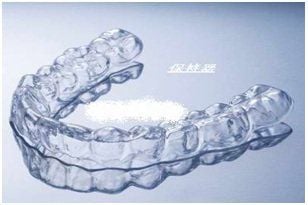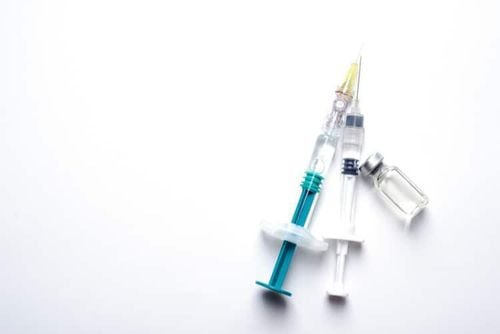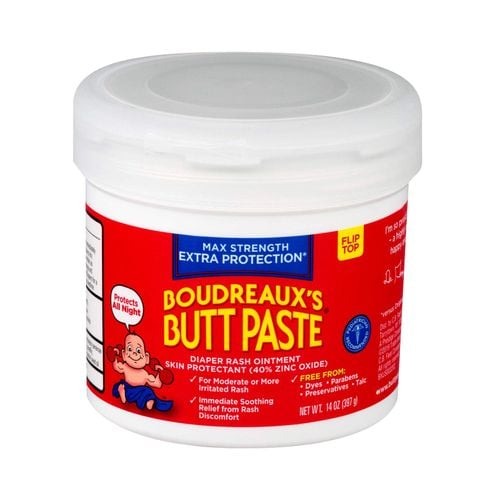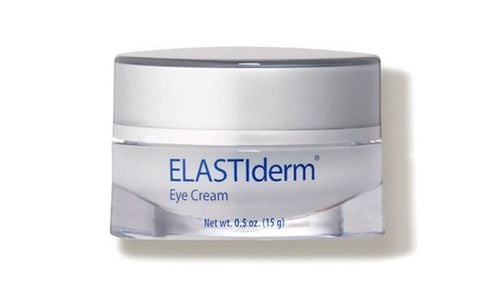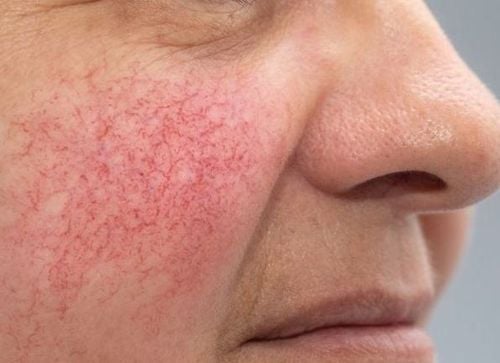This is an automatically translated article.
Facial pigmentation cannot be treated quickly, but it takes time to gradually reduce melasma. Therefore, rushing to use bleaching agents and commercially available melasma products without the guidance of a doctor can make melasma worse and more difficult to treat.
1. What is facial pigmentation?
Melasma on the face is small round spots, varying from yellow to brown, floating on the face, affecting the aesthetics. Melasma on the cheeks is the most common, but you can also get melasma on the nose, forehead and chin.
The nature of this change in skin color is due to the overgrowth of melanin pigments in the basal and dermis layers. Melasma often appears in people with fair, thin and smooth skin. Treat melasma as soon as possible to avoid the area of melasma spreading, darkening, making it difficult to treat.
2. Classification of facial pigmentation
Facial melasma is classified into 3 types:
Facial melasma in patches: Patchy melasma is the easiest type to treat because "legs melasma" is superficially attached to the epidermis of the skin. The identifying feature is that melasma appears in patches with rather light colors. The cause of melasma in patches is mainly due to sun exposure, pollution, using poor quality cosmetics, taking birth control pills, etc. Deep facial melasma: Deep facial melasma is the most difficult type to treat because "pigmentation feet" have adhered to the dermis layer of the skin. Usually, the treatment will be prolonged and only cure 80% of the melasma areas. The manifestation of deep facial pigmentation is the appearance of small dark spots on the skin. The disease occurs mainly due to genetics and hormonal changes. Mixed melasma: The two types of melasma that appear on the face at the same time are called mixed melasma. This type of melasma has a more complicated treatment schedule because it needs to be treated in two ways in different areas of the same face.
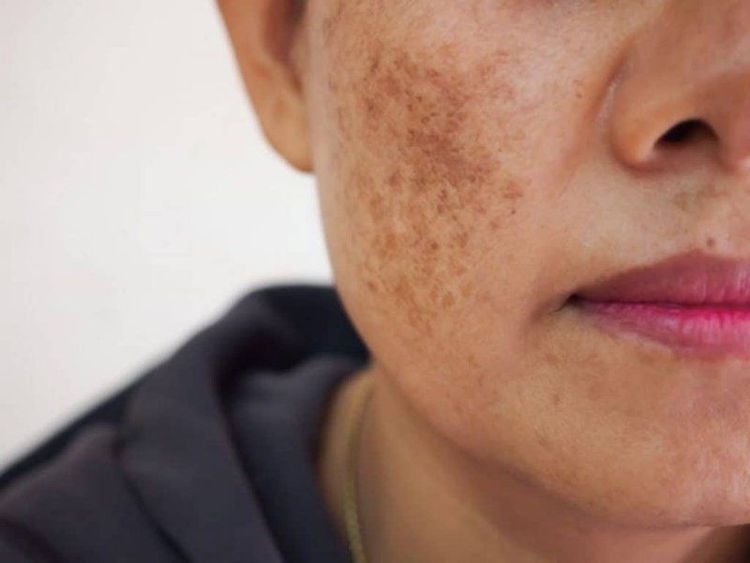
Nám da mặt sâu là loại khó điều trị nhất
3. Causes of facial pigmentation
Genetics: About 50% of people with melasma have genetic factors. Therefore, if someone in your family has melasma, then you will have a higher risk of melasma on your face. Melanin disorders: Melanin has a role in regulating skin color on the body. Therefore, when the melanin disorder occurs, the pigmentation on the facial skin will have a difference, causing the skin color to be uneven. This is one of the most common causes of facial pigmentation. Hormonal changes: Hormonal changes in perimenopause, puberty or after pregnancy are also factors that stimulate the development of melasma. Therefore, if you are about to enter these stages, you need to use early prevention and treatment measures. Complications from other diseases: Cervicitis, liver diseases, malaria, helminths, skin diseases, etc. All can become factors that stimulate the appearance of melasma. In addition, the cause of facial pigmentation is also caused by external factors such as smoke, heat and UV rays, prolonged stress, use of poor quality cosmetics, improper diet and rest. physical.
4. How to recognize melasma on the face
Appearance of yellowish-brown or dark skin on areas of skin that are often exposed to the sun such as cheeks, forehead, nose The manifestations of melasma on the face can be easily confused with cancer and other skin diseases. Therefore, you should see a doctor to get a proper diagnosis.
5. How to prevent facial pigmentation?
Regularly take care and protect your skin: Use clothes and sunscreen before going out to minimize sun exposure. Wash your face regularly with clean water and suitable cosmetics. Apply a face mask regularly to provide a full range of essential nutrients and vitamins for the body. Supplement necessary vitamins: Provide a full range of vitamins A, vitamin C, vitamin E, vitamin B12 for the body in combination with drinking lots of water, limiting spicy foods and alcohol. This can help regenerate the skin while preventing hormonal disturbances, thereby reducing the risk of facial pigmentation. Limit the use of cosmetics: Many people often use cosmetics to cover the melasma area, however, this can increase the damage to the melasma area. If you are treating melasma, the use of cosmetics will slow down the progress of the treatment. For people who have not been melasma, the use of cheap and poor-quality cosmetics also increases the risk of skin pigmentation. The reason is that in these cosmetics contain many harmful chemicals that, when applied, can cause skin cell death, creating conditions for melasma to develop. Avoid stress and anxiety: Stress and anxiety can lead to staying up at night, using stimulants, eating greasy foods, they are all not good for the skin and can change hormones to increase risk of skin pigmentation. Therefore, you should arrange a reasonable rest time to limit the factors that stimulate melasma.

Thường xuyên chăm sóc và bảo vệ da để ngăn ngừa nám da mặt
6. Treatment of melasma on the face
The treatment of melasma cannot go away immediately, but it takes time to persevere in treatment. Due to haste, many people often use quick whitening measures to remove melasma temporarily. However, this is easy to make melasma recur, even more severe and difficult to treat. Many people go to the doctor in the condition that their facial skin has been seriously damaged due to improper treatment.
Some measures can be used in the treatment of melasma, including:
Treatment of melasma in combination: You should use many different measures in the treatment of melasma such as stopping taking birth control pills, using anti-inflammatory creams. When out in the sun, wash your face with a cleanser, if your skin is dry, use extra moisturizer (not for acne-prone skin), use creams that inhibit melanin formation such as hydroquinone 2-4% (for about 3 months), the drug can cause irritation and redness of the skin; Azelaic acid can be used long-term, safely even during pregnancy, however, it can cause skin irritation; Using topical corticosteroids such as hydrocortisone can fade melasma but is prone to side effects (atrophy, thinning of the skin). Pigmentation peels: Peels using topical salicylic acid or alpha hydroxy acids creams. Using a topical retinoid cream is also a solution, but causes many side effects such as dermatitis and is not used during pregnancy. Depigmentation with intense light: Treatment time for this method usually lasts from 10-20 weeks. However, even in people with good treatment results, pigmentation can reappear with sun exposure or endocrine disruption. Improve diet: Spicy foods, alcohol can cause congestion on the skin, making melasma darker. Instead, you should eat a lot of fresh vegetables, drink plenty of water, get enough sleep, play sports regularly and avoid the sun. Add foods rich in vitamins A, C, E, omega-3, selenium to support anti-aging skin. When detecting melasma, you should see a dermatologist to have a dermatologist diagnose the cause and appropriate treatment. Melasma treatment drugs on the market, if used arbitrarily, are often not really effective. Therefore, absolutely do not arbitrarily buy melasma products to self-apply without the guidance of a doctor.
You also need to note that all kinds of whitening and anti-pigmentation cosmetics contain strong detergents, which can initially create beautiful white skin, but the skin becomes thinner and thinner, making it easier to get melasma when it comes out. sunny. Creams containing mercury can cause skin atrophy, long-term use can cause permanent facial pigmentation. Many cases have been permanently attached due to the use of creams containing adrenocorticosteroids. You absolutely do not buy cosmetics that do not have ingredients listed on the label.
Follow Vinmec International General Hospital website to get more information about health and nutrition knowledge to take care of yourself and loved ones in your family.
Please dial HOTLINE for more information or register for an appointment HERE. Download MyVinmec app to make appointments faster and to manage your bookings easily.




